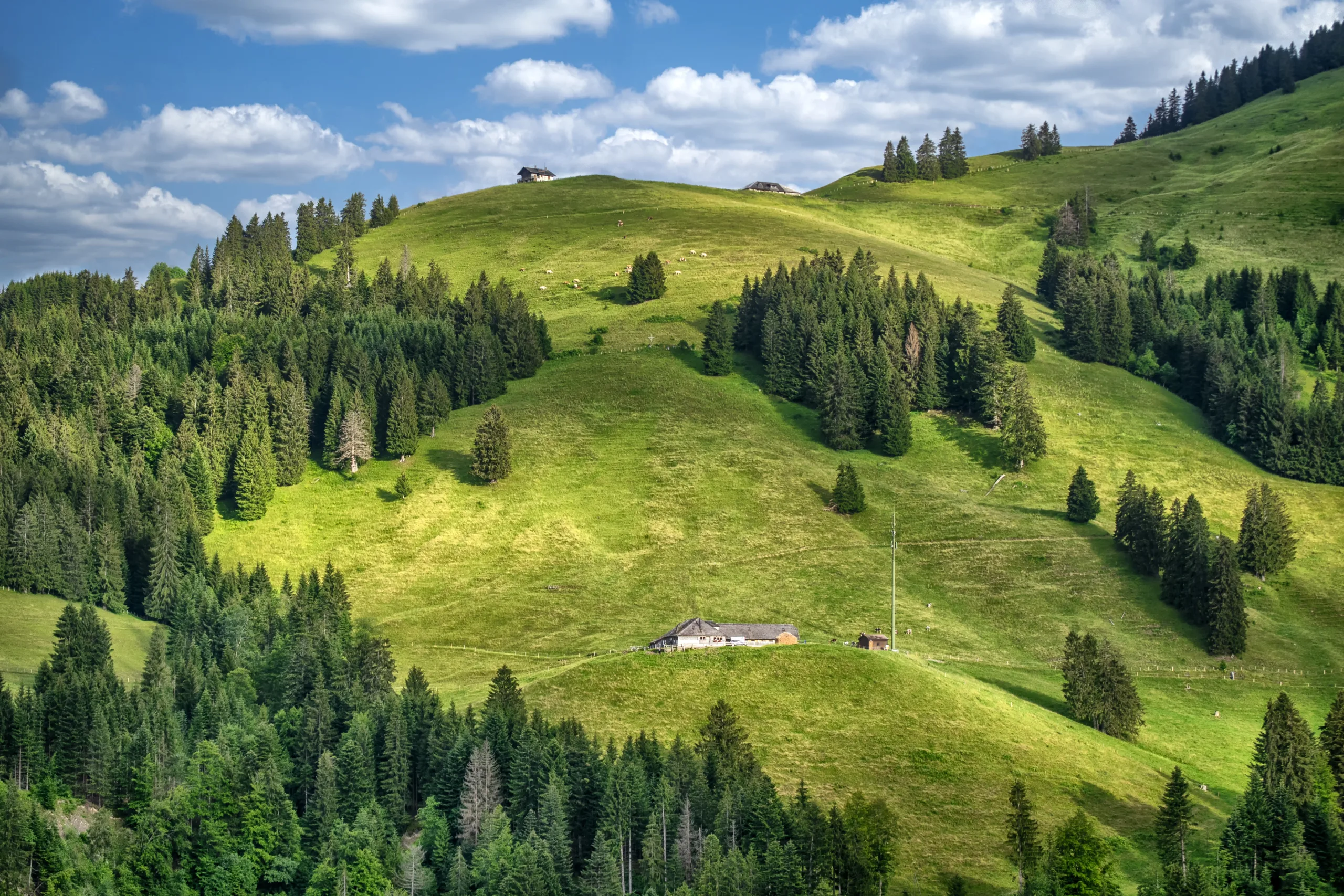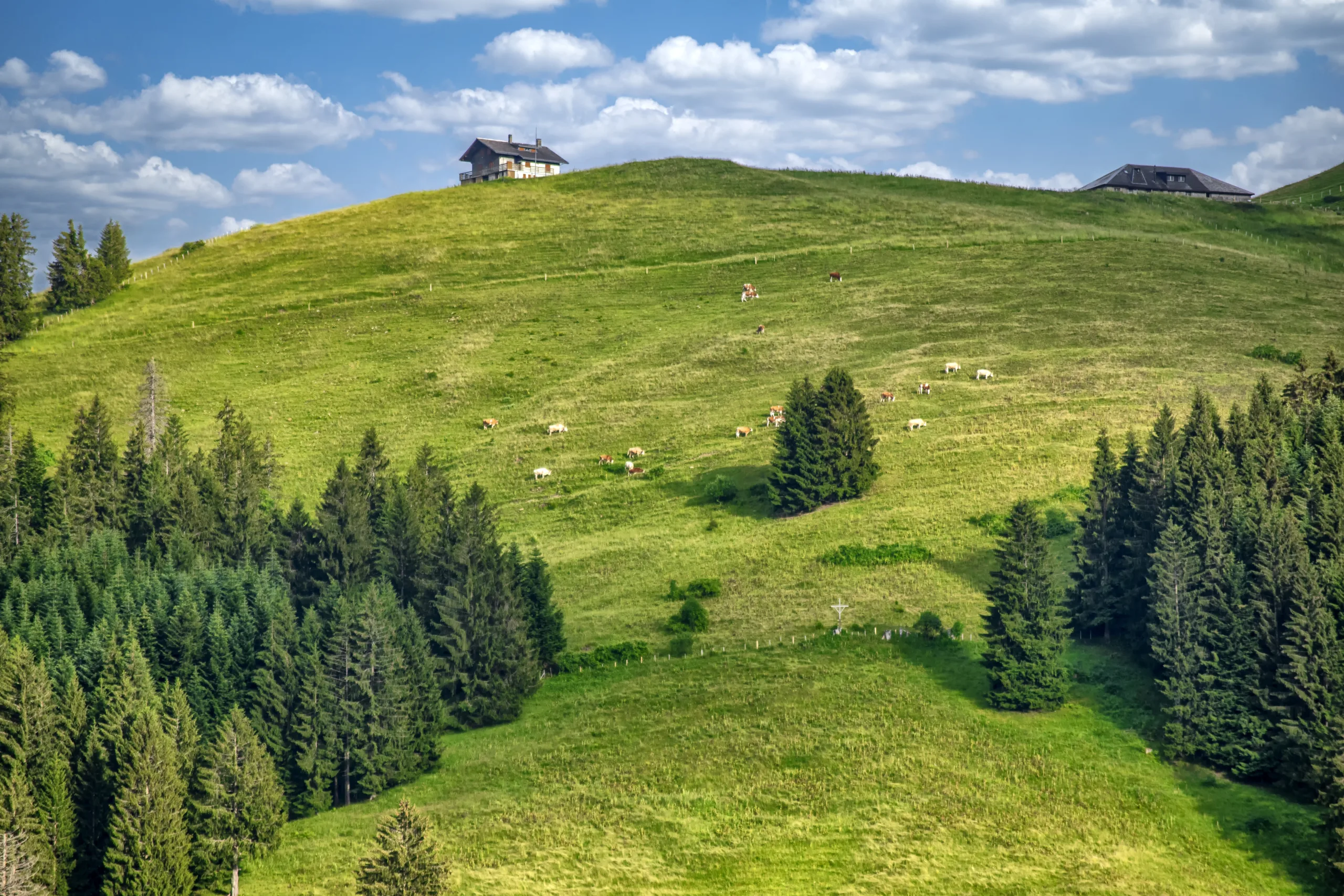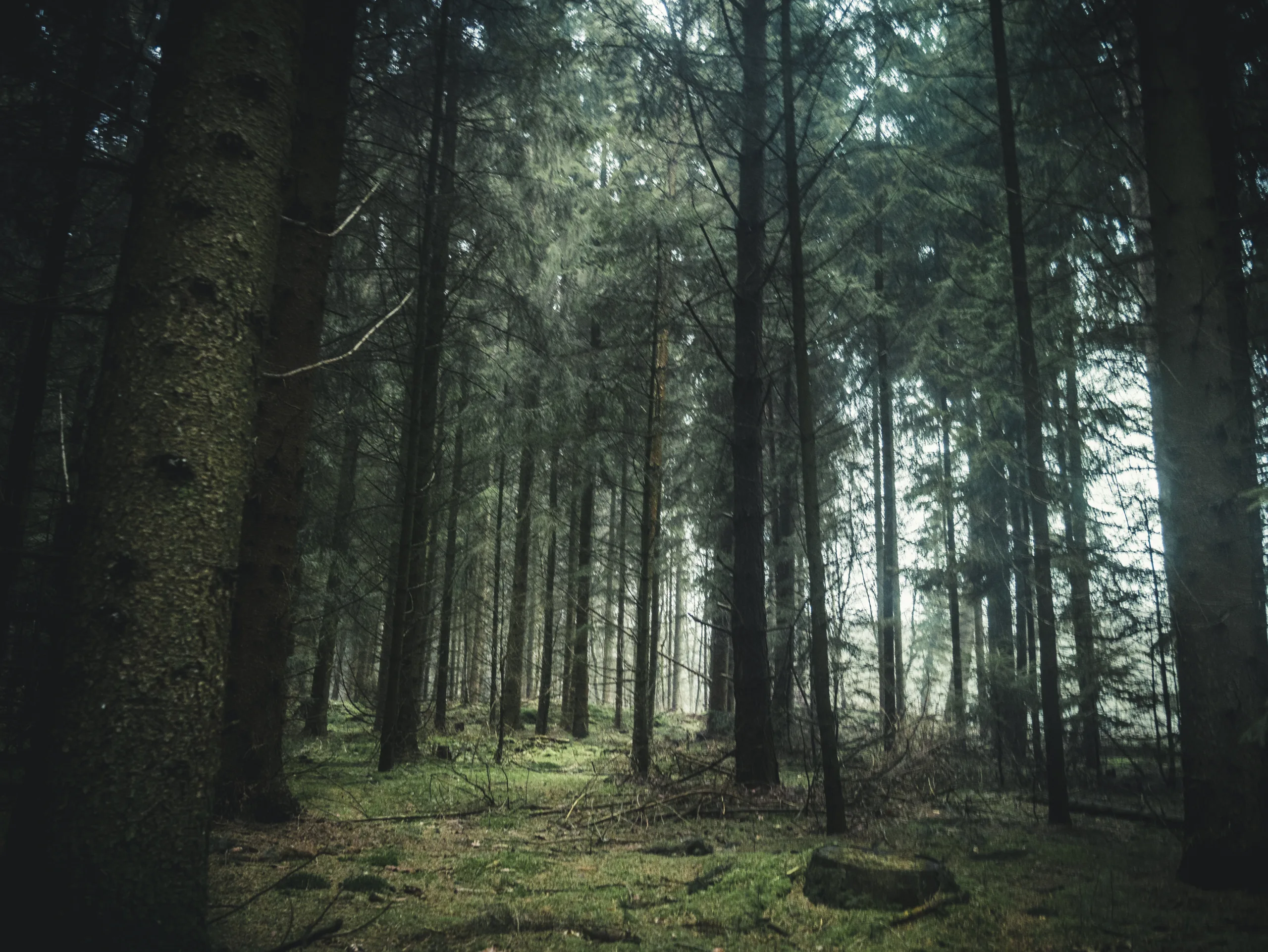Bald Cypress trees are an attractive and unique addition to any landscape. But do bald cypress trees stay green year-round?
If you’re considering adding a bald cypress tree to your garden, you may be wondering if they are evergreen or deciduous. You’ll also want to know how much maintenance they require and what conditions they need in order to thrive.
In this article, we will discuss the characteristics of bald cypress trees, and answer the question of whether they are evergreen or not. We will also cover their growing requirements and provide tips on how to care for them. By the end, you’ll have all the information you need to decide if a bald cypress tree is right for your yard.
Yes, Bald Cypress Trees are evergreen.
Characteristics of a Bald Cypress Tree
Bald cypress trees (Taxodium distichum) belong to the Taxodiaceae family and are native to North America. They are an evergreen coniferous tree with a pyramidal shape and a distinct buttressed trunk. The bark is reddish-brown in color, scaly, and fibrous. The leaves are scale-like and needle-like, with alternating two or three ranks of foliage. The foliage is dark green in color and turns orange or yellow in the autumn. The male cones are brown, round, and about 1/4 inch long, while the female cones are round, about 1/2 inch long, and brownish-red. The bald cypress tree produces small seed cones that mature in late summer or early fall.
Bald cypress trees grow to a height of 70-100 feet with a spread of 25-35 feet at maturity. They prefer moist soils in full sun or partial shade but can tolerate wet soil conditions as well as drought once established. These trees can live for hundreds of years if conditions are suitable. Bald cypress trees have been known to live up to 600 years! Their root system is deep and can help prevent soil erosion in areas where they are planted near bodies of water or on slopes.
How Long Do Bald Cypress Trees Live?
Bald Cypress trees are native to the southeastern United States and can live for centuries. They are considered a long-lived species and can reach heights of up to 100 feet. The oldest known bald cypress tree is estimated to be over 1,500 years old.
The lifespan of a bald cypress tree depends on several environmental factors. These include soil quality, moisture levels, and competition from other plants. In ideal conditions, most bald cypress trees can live for 300 years or more. In contrast, those growing in unfavorable conditions may only survive for 50-100 years.
The size of a bald cypress also affects its lifespan. Smaller trees tend to live shorter lives than larger ones because they are more vulnerable to environmental stressors like wind and drought. For this reason, it is important to provide adequate care and protection to young bald cypress trees in order to ensure they reach their full potential life span.
Overall, bald cypress trees have impressive lifespans and can easily outlive humans if given the right conditions. With proper care and maintenance, these majestic trees can be enjoyed for generations to come.
Where Do Bald Cypress Trees Grow?
Bald cypress trees (Taxodium distichum) are native to the southeastern United States, from southeast Virginia down to Florida and west to eastern Texas. They are well adapted to wet areas and can be found growing in swamps, along rivers, and in other wetlands. These coniferous trees can reach heights of up to 115 feet tall with a trunk diameter of up to 5 feet.
Bald cypress trees prefer full sun but will also tolerate light shade. They grow best in moist soils with a high water table, such as swamps or low-lying areas near streams or rivers. The roots are adapted to survive flooding, allowing them to thrive in wet areas where other trees may not survive.
The leaves of the bald cypress tree are deciduous and turn a yellowish brown in autumn before falling off the tree in winter. The bark is a reddish-brown color that becomes deeply furrowed as the tree ages. The cones of the tree are small and round, with flat scales that have small prickles on them.
The bald cypress is a slow-growing tree but can live for centuries if left undisturbed. It is commonly used for timber production due to its rot resistance and its ability to withstand flooding. Many people also use it for ornamental purposes due to its unique shape and foliage coloration.
Average Height of a Bald Cypress Tree
The average height of a bald cypress tree is between 70 and 100 feet. These trees are among the most majestic of all conifers, and they can grow to be quite large. The tallest recorded bald cypress tree is located in North Carolina and stands at 135 feet tall. This type of tree is native to the southeastern United States, but it is also found throughout the world. It typically grows in wetlands or floodplains, with its roots often submerged in water. Its unique ability to resist rot has made it a popular species for use as timber in building construction, furniture making, and boat building. Bald cypress trees are also popular as ornamental trees due their attractive foliage and cones.
Bald cypress trees tend to grow very slowly, so it can take many years for them to reach their full height. They are able to live for centuries, with some trees reaching over 1,000 years old. The average lifespan of these majestic trees is around 600 years, but this can vary depending on where they grow and how healthy they remain during their life cycle. As they age, they become more resistant to drought and fire damage than younger specimens, so they are more likely to survive extreme environmental conditions over time.
In addition to their height, bald cypress trees may also have a wide spread of branches that contribute to their impressive stature in the landscape. They produce long-lasting cones that add texture and visual interest along with providing food for wildlife such as squirrels and birds. Bald cypresses are an important part of natural habitats in the region where they are found and offer many benefits to the environment.

Benefits of Growing a Bald Cypress Tree
Bald Cypress trees are an excellent choice for landscaping due to their majestic appearance, ease of transplanting and maintenance, and their remarkable longevity. These trees can easily reach heights of up to 70 feet and have an impressive spread that can span up to 40 feet. With their unique pyramidal shape, the Bald Cypress provides striking visual interest and beauty to any landscape. The bark is a light reddish-brown color with fibrous ridges and furrows which give the tree texture and depth.
The Bald Cypress is an ideal choice for wet areas or swamps since it can tolerate wet soils very well. It is also quite resistant to pests, diseases, and weather-related damage so it requires very little maintenance once planted. The Bald Cypress is an excellent shade tree since its dense foliage provides well-balanced shade throughout the year. It also serves as a great windbreak by providing shelter from strong winds during the winter months. Additionally, these trees are environmentally friendly as they are able to absorb carbon dioxide from the atmosphere while producing oxygen in return.
Finally, one of the most impressive features of the Bald Cypress is its remarkable lifespan of up to 500 years! This makes it an ideal choice for those looking for long-term investment in landscaping since these trees will be around for generations to come.
Planting a Bald Cypress Tree
Bald cypress trees (Taxodium distichum) are a popular choice among landscapers, as they provide year-round beauty with their bright green foliage in the summer and their golden brown needles in the winter. Planting a bald cypress tree can be an easy way to add some color and life to your garden. Here’s how to do it:
First, you’ll need to find the right spot for your tree. Look for an area that gets plenty of sunlight and has well-drained soil. Bald cypress trees are tolerant of wet soil, so it’s best to choose an area that doesn’t get flooded or waterlogged easily.
Next, prepare the soil by removing any weeds or debris from the planting area. You can also mix some compost into the soil for added nutrition. Make sure you dig a hole that is twice as wide as the root ball of your tree and just deep enough so that the root ball sits slightly above ground level.
Once you have your hole prepared, carefully remove your tree from its container and place it in the hole. Make sure the roots are spread out evenly before filling in the soil around them. Use your hands or a trowel to carefully pack down the dirt around your tree’s roots so it is firmly planted.
Finally, water your newly planted bald cypress tree deeply right after planting. This will help settle any air pockets in the soil and ensure that all of its roots are getting enough moisture. Once established, these trees won’t need much supplemental watering except during extended dry spells.
How to Care for a Bald Cypress Tree
Caring for a bald cypress tree can be an enjoyable experience, as it is a relatively easy tree to care for. The bald cypress is hardy and can tolerate both wet and dry soils, and is also drought tolerant. It grows best in full sun but can also tolerate some shade. When planting a bald cypress tree, it’s important to pick the right spot. It should be in an area with well-draining soil that does not become overly saturated with water. It is also important to give the tree plenty of room to grow; if planted too close to buildings or other trees, the roots may become restricted.
It’s important to water your bald cypress tree regularly, especially during the first year after planting. Be sure not to overwater as this could cause fungal diseases or root rot. Fertilizing your bald cypress can also help promote healthy growth and keep it looking its best. An all-purpose fertilizer should be applied once a year in early spring; however, always follow the directions on the package as different brands have different application rates. Pruning should also be done annually, although this isn’t necessary for younger trees that are still growing rapidly. Pruning helps control the shape of the tree and remove any dead or diseased branches.
Cypress trees are prone to certain insect pests such as aphids and scale insects, which can cause damage if left untreated. Regular monitoring of your bald cypress will help you spot any pests before they become a problem; if you do find any pests on your tree, use an insecticide specifically designed for use on cypress trees according to the manufacturer’s instructions. Regular inspection of the bark will also help you identify any signs of disease or fungus before they become serious issues.
With proper care and maintenance, your bald cypress tree will provide years of enjoyment!

Conclusion
Bald cypress trees are a type of deciduous conifer that are native to warm, wet climates. They are often referred to as “evergreen” because they remain green throughout the year, but their leaves turn yellow and brown in the fall and winter months. In addition, bald cypress trees produce “knees” that protrude from the water or moist soil around them. These knees help the tree absorb oxygen from the surrounding environment, which helps it survive in its native habitat.
Bald cypress trees are often used for landscaping and provide year-round shade and shelter. They are also noted for their beauty and interesting appearance, making them a popular choice for yards and gardens. Bald cypress trees require frequent watering to survive and should be planted in areas with good drainage to prevent root rot.
Overall, bald cypress trees are an attractive option for landscaping due to their unique evergreen foliage and interesting knee growths. They require frequent watering but can provide year-round beauty if planted in the right environment.
Mark Hoffman is a dedicated arborist and tree care specialist with over a decade of experience. His love for trees began when he visited Yosemite National Park as a teenager and was awestruck by the giant sequoias. Mark pursued his passion by studying forestry at Michigan Technological University, where he earned a Bachelor of Science degree.
Since then, he has worked tirelessly in the field of arboriculture, helping to preserve and protect trees in his community. His expertise and dedication have made him a respected leader in the industry and a valuable resource for anyone seeking advice on tree care.
